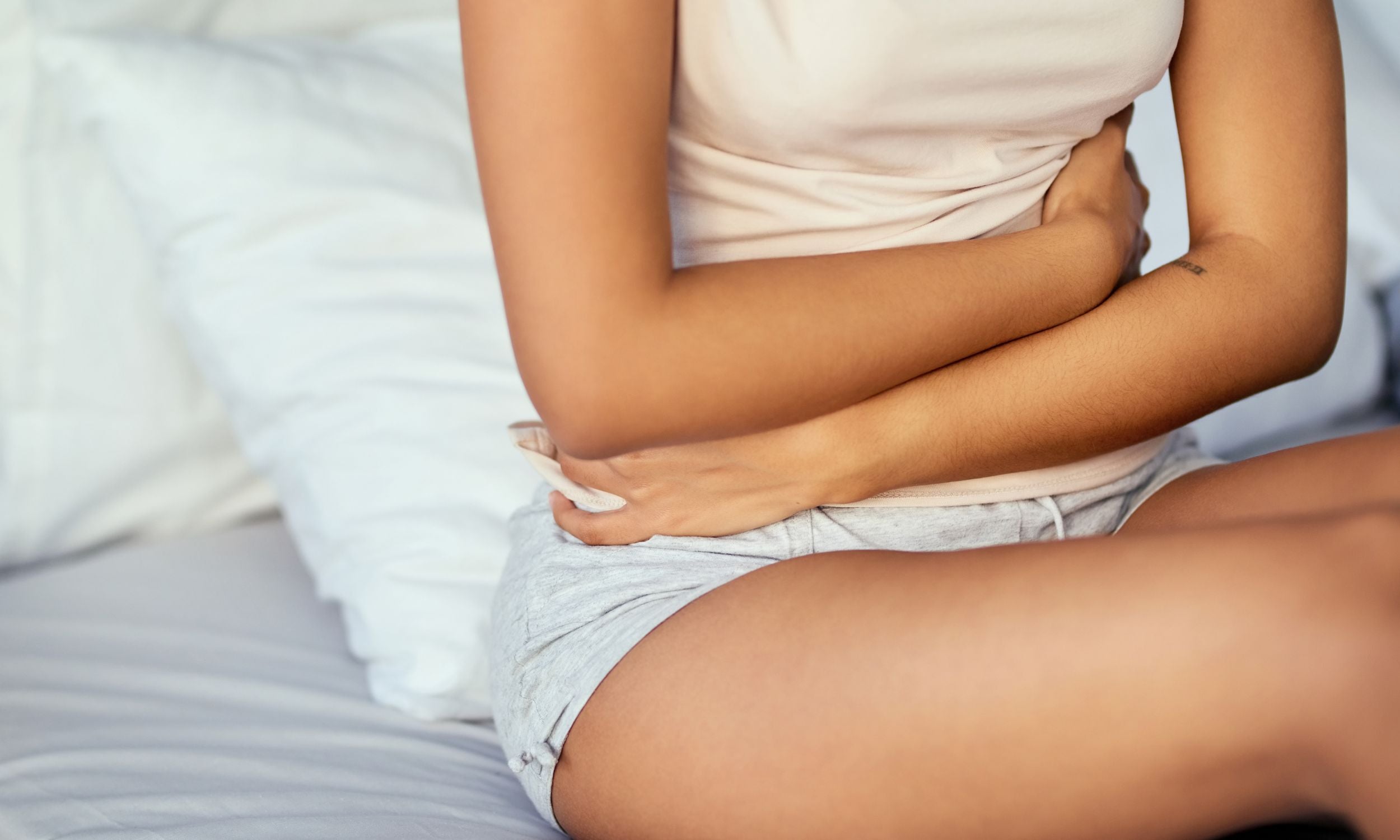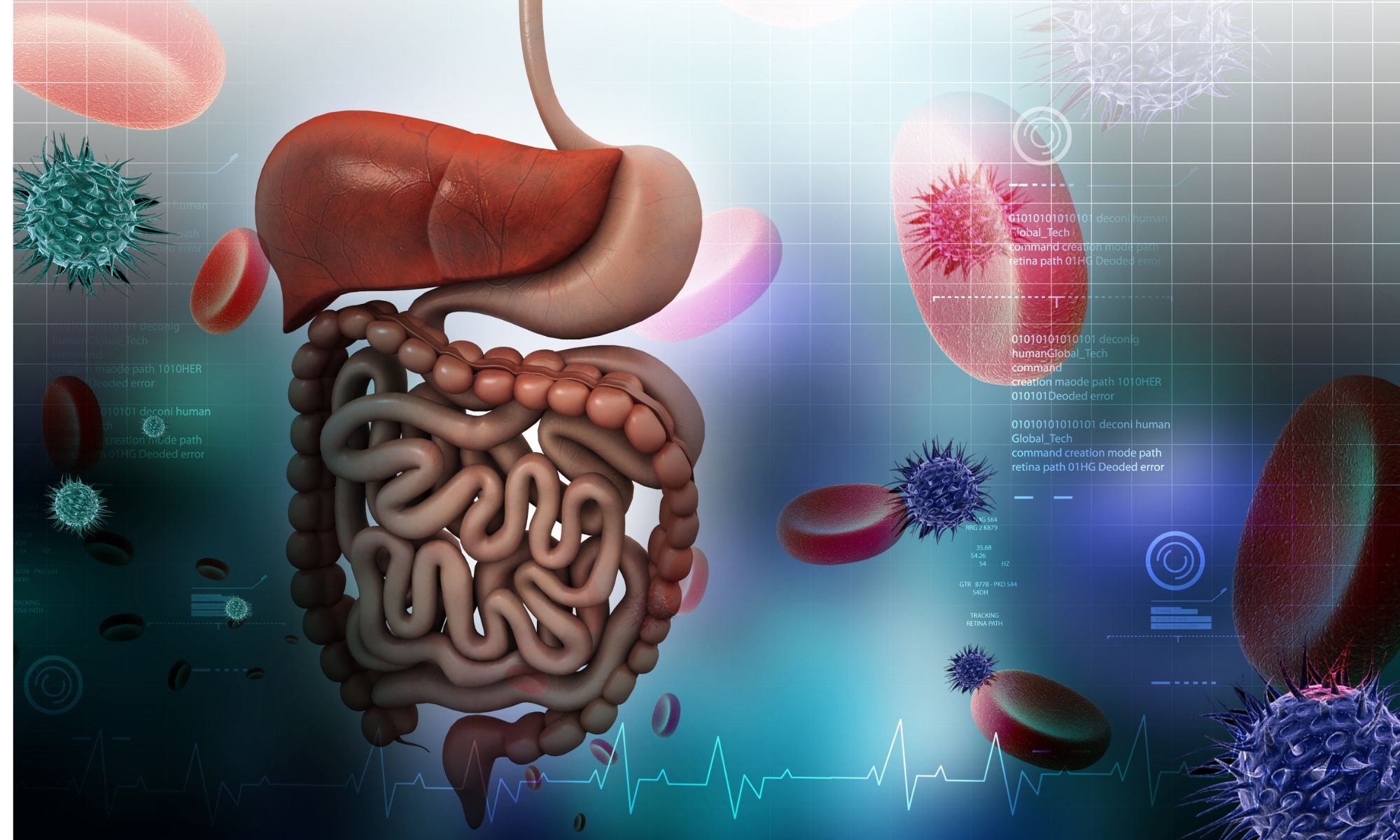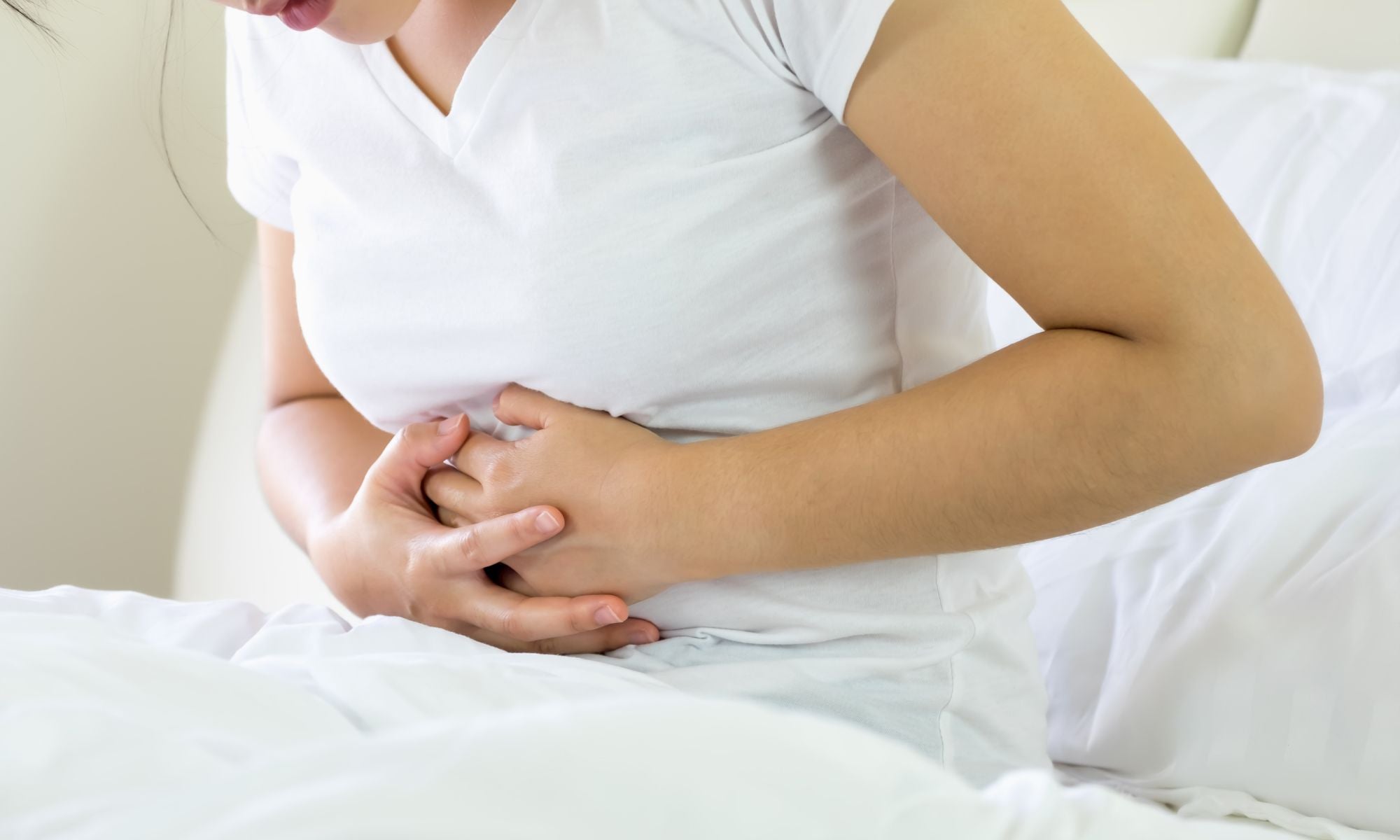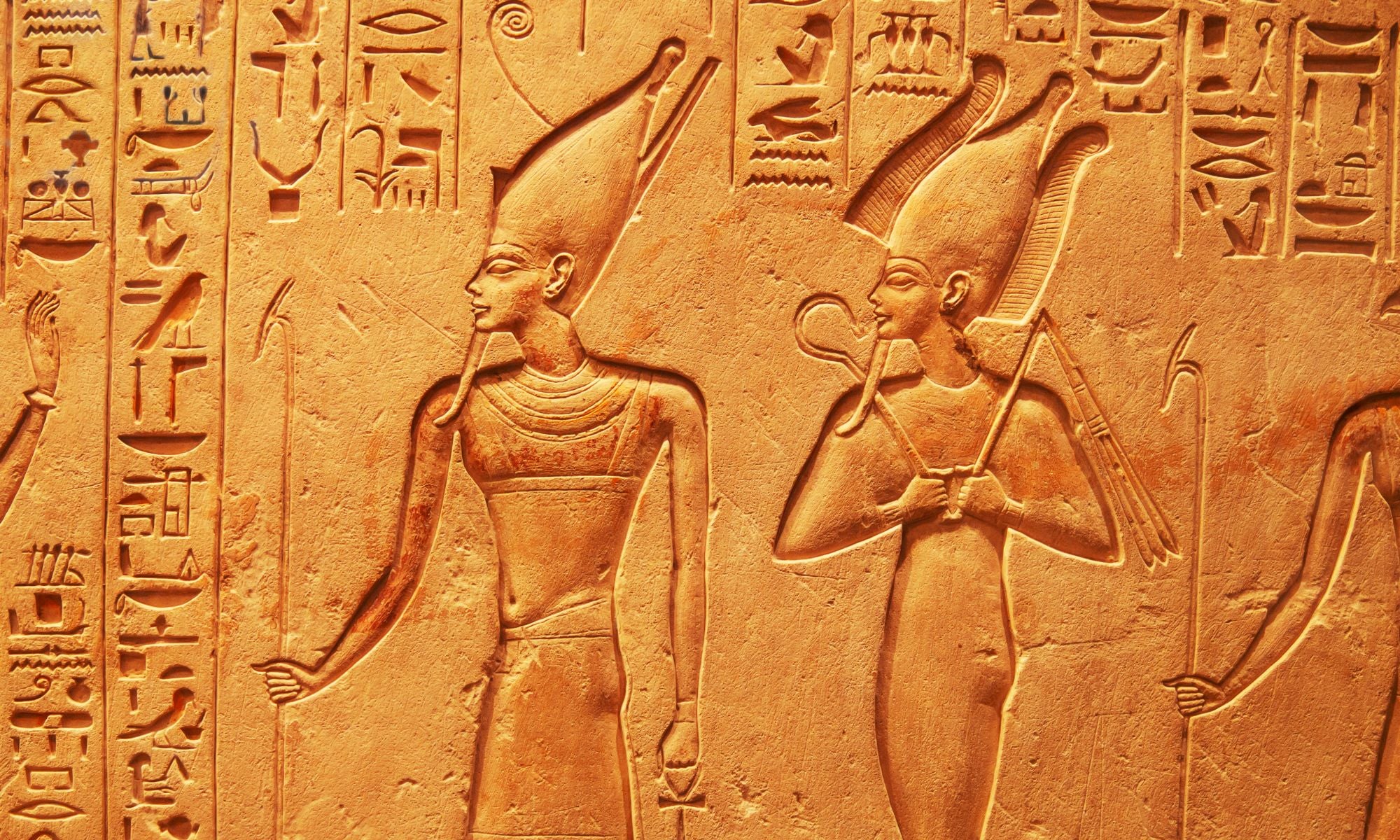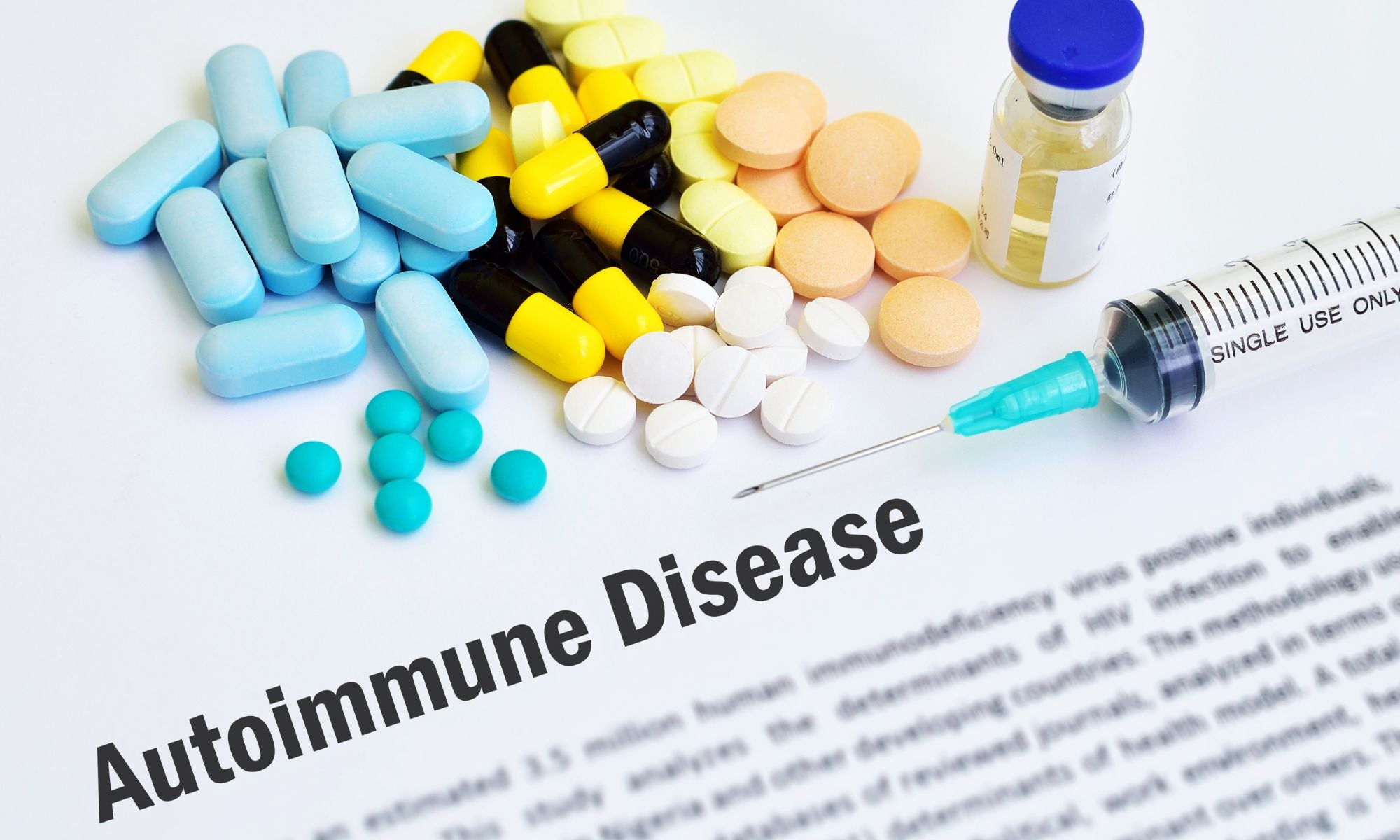
HAVE YOU HEARD OF THE "MICROBIOME DIET?"
A new trendy diet that you must know about is the “Microbiome Diet” by Dr. Raphael Kellman. It is all about knowing what food to eat and not to eat in order to restore optimal gut health and achieve weight loss.
What Is this “Microbiome Diet?”
Dr. Kellman is a board-certified doctor that specializes in gut health. He developed the Microbiome Diet--which is basically a three-phase program that focuses on gut health restoration and weight loss.
The whole concept of this diet is choosing the right foods to maintain a healthy gut microbiome. The human gut is composed of trillions of bacteria--both good and bad.
Having the proper balance of these bacteria is necessary for boosting digestion, supporting metabolism, improving mood, reducing inflammation, and even enhancing brain function.
The Microbiome Diet is not as simple as you think. It is divided into three unique phases.

The First Phase: The 4 R’s of Gut Health
The first phase of this diet lasts for 21 days. Its main objective is to eliminate unhealthy gut bacteria and replace digestive enzymes and stomach acids. In addition, it is intended to fill the gut with both probiotics and prebiotics to repair the gut lining.
The first phase is the strictest of all three phases because it follows the “4 R’s” of gut health:
- Remove: Removing all foods that cause inflammation or harm to your gut is a must, such as processed foods, or foods with hormones, pesticides and antibiotics.
- Repair: Repair your gut by taking supplements and consuming plant-based foods that soothe your gut and support your microbiome.
- Replace: Replace your digestive enzymes and stomach acid by eating certain herbs and spices. Doing so will also enhance the quality of your gut bacteria.
- Reinoculate: Reinoculate your gut with beneficial bacteria through consumption of prebiotic- and probiotic-rich supplements and foods.
In the first phase, it is imperative to stay away from a wide range of foods, such as grains, eggs, dairy, starchy fruits, starchy vegetables, processed foods, fried foods, artificial sugars, fillers, and colorings. A few types of meat, fish and fats must be avoided too.

Instead, it is recommended to consume a plant-based diet that is purely organic. Your diet must consist of prebiotic food sources, such as onion, garlic, and asparagus. Probiotic food sources are also recommended such as yogurt, kimchi, kombucha, and kefir.
Aside from food sources, this phase also recommends certain supplements such as vitamin D, zinc and grapefruit seed extract.
![]() SUMMARY:
SUMMARY:
The first phase of the Microbiome Diet runs for 21 days with the objective of eliminating "bad" gut bacteria and replacing them with stomach acids and digestive enzymes. It consists of the "4 R's of gut health:" remove, repair, replace, and reinoculate.
The Second Phase: Metabolic Boost
The second phase of the Microbiome Diet lasts for 28 days. Reaching the 28th day assumes that your gut microbiome is stronger and healthier, allowing flexibility to your new diet.

It is still necessary to avoid foods that harm your gut, but only about 90% of the time. You may also put back dairy, and gluten-free grains in your daily diet. Most vegetables and fruits are also allowed to be consumed, such as pears, mangoes, yams, and sweet potatoes.
![]() SUMMARY:
SUMMARY:
The second phase of the Microbiome Diet runs for 28 days. After strengthening and healing the gut microbiome during the first phase, the second phase allows flexibility to your diet.
The Third Phase: Lifetime of Maintenance
Unlike the first and second phase, the third phase doesn’t have any recommended duration. In fact, you can follow it for as long as you want. Most people stop once they reach their weight loss goals, while some doesn’t ever stop.
At this time, it is expected that your gut is almost completely well. You still need to avoid some foods, but for only 70% of the time.
You read it right! 30% of the time, you can freely eat anything you want. However, it is best to still avoid sugary and processed foods.

![]() SUMMARY:
SUMMARY:
The third phase of the Microbiome Diet can last for a lifetime. This is also called the "maintenance phase" because it aims to maintain the healthy condition of your gut. There are still foods to avoid, but only 70% of the time.
Foods to Stay Away From
There is a wide range of foods that the Microbiome Diet warns us about. These foods negatively impact the condition of your gut and the proper balance of your gut bacteria.
Especially during the first two phases, harmful foods must be avoided, such as:
- Processed foods
- Fast foods
- Fried foods
- Sugary foods
- Foods with artificial sweeteners
- Foods with hydrogenated and Trans fats
- Starchy vegetables, like potatoes
- Starchy fruits, like bananas
- Peanuts, soy, and certain legumes
- Dried fruit and fruit juices
- Grains that contain gluten
- Foods that contain yeast
- Eggs and dairy (with the exception of butter)
Foods Allowed for Consumption

Throughout the three phases we talked about, these are the foods that may be freely consumed:
- Grass-fed meat
- Wild salmon
- Non-starchy vegetables, like onion, garlic and carrots
- Non-starchy fruits, like apples, kiwi, and oranges
- Fermented vegetables, like kimchi
- Nuts and seeds (including their butter)
- Sunflower oil
- Olive oil
- Chickpeas and lentils
- Herbs and spices
Take note that in the second phase, you may re-introduce certain foods into your diet including:
- Eggs (free-range)
- Dairy
- Grains (gluten-free)
Extra Recommendations

Knowing what foods to eat and avoid is not the only thing you should remember. There are extra recommendations that the Microbiome Diet provides.
Here are some of them:
- Go for organic foods as much as possible.
- Lower your exposure to chemicals, such as household cleaners, non-organic lotions and makeup products.
- Make sure to use a water filter.
- Lower the toxins and pesticides that you are exposed to.
- Avoid the overuse of certain drugs, such as proton pump inhibitors and antibiotics.
- Take supplements that are good for your gut, such as zinc, vitamin D, and glutamine.
Sample 3-Day Meal Plan
Let me share with you a sample meal plan that you can use in the Microbiome Diet’s initial phase.

Phase 1, Day 1
- Breakfast: Fruit salad and Brazil nuts
- Snack 1: Walnuts
- Lunch: Vegetable salad with chickpeas, sauerkraut, and lemon vinaigrette
- Snack 2: Celery sticks and guacamole dip
- Dinner: Grilled salmon with fermented beets and mixed greens
Phase 1, Day 2
- Breakfast: Pancakes (use almond flour) with toppings of fruit and almond butter
- Snack 1: Roasted cauliflower with curry
- Lunch: Vegetable salad with toppings of miso-glazed cod
- Snack 2: Parsnip sticks with almond butter
- Dinner: Zucchini noodles topped with chicken meatballs and marinara sauce
Phase 1, Day 3
- Breakfast: Almond breakfast cookies
- Snack 1: Carrots with hummus
- Lunch: Chicken and vegetable soup
- Snack 2: Sautéed pineapple
- Dinner: Flank steak tacos with steamed veggies, salsa, and guacamole.
There are more recipes in the Microbiome Diet book if you want more ideas.
Summary
The Microbiome Diet truly helps in achieving optimal gut health and weight loss. It focuses on consuming foods that are gut-friendly, and avoiding foods that negatively impact the gut and the microbiome.
Always remember that when our gut microbiome flourishes, so do we!


